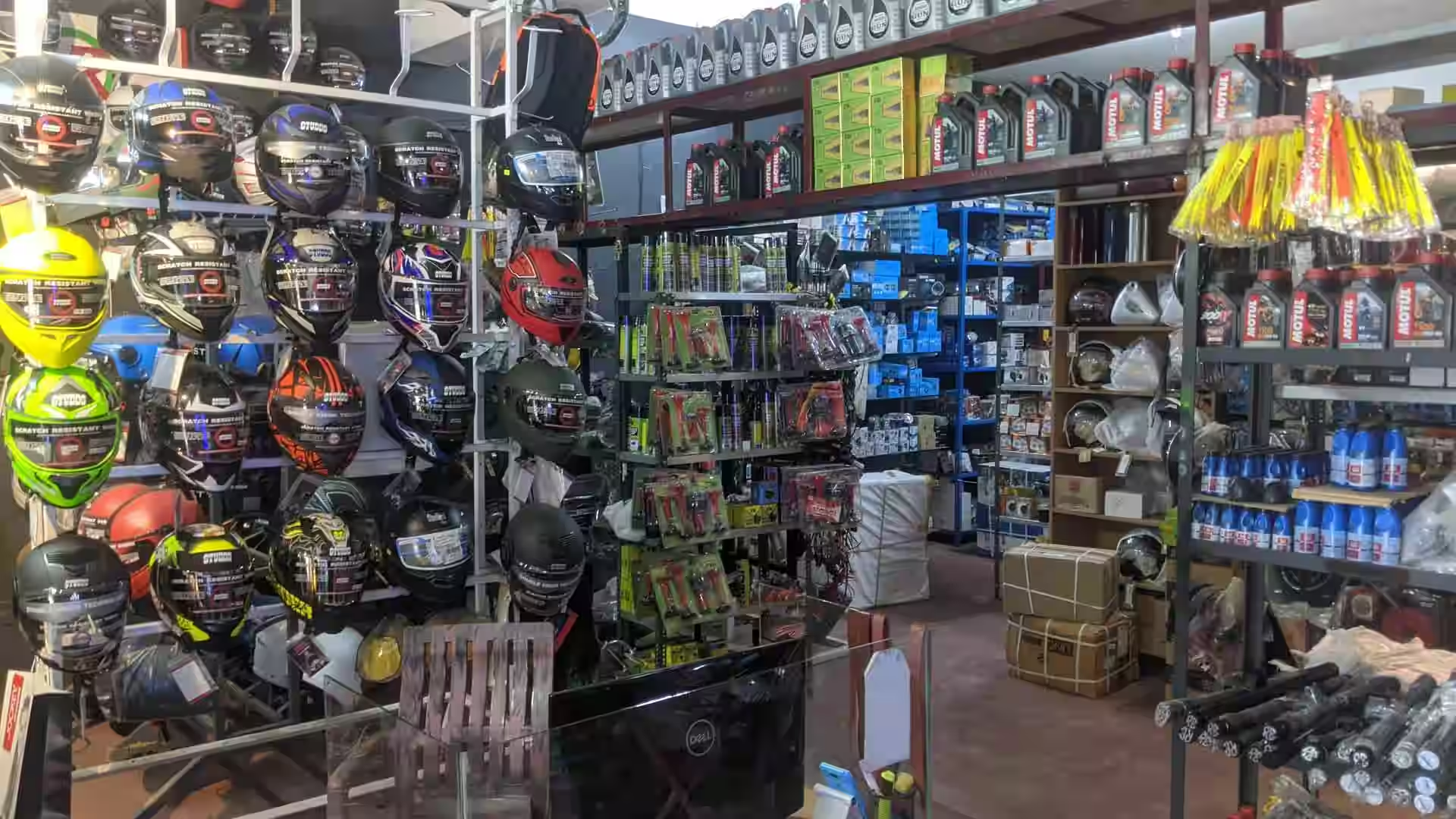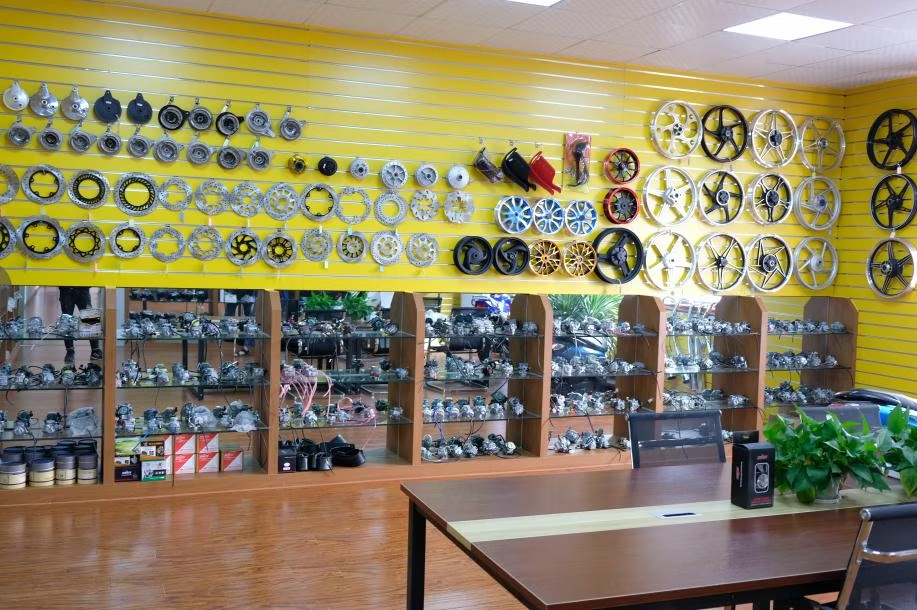See Our Motorcycle Shop for Specialist Guidance and High Quality Products
See Our Motorcycle Shop for Specialist Guidance and High Quality Products
Blog Article
Understanding the Crucial Parts of a Bike: A Comprehensive Guide for Enthusiasts
For bike enthusiasts looking to elevate their riding experience and guarantee their bikes run efficiently, comprehending the important parts of a motorcycle is extremely important. Each aspect, from the engine's intricate operations to the vital role of the stopping mechanisms, not just influences performance yet likewise safety and security and comfort. This guide will certainly stroll via the basic components that every cyclist need to know with, enabling educated selections in both upkeep and potential upgrades. As we begin this expedition, one must ask: how does each part engage to develop the smooth experience every enthusiast seeks?
Engine Parts

The camshaft plays an important duty in controlling the timing of the engine's valves, making sure the accurate opening and closing needed for effective fuel and air intake, along with exhaust expulsion. This timing is critical to maintaining optimal engine performance and effectiveness. Additionally, the carburetor or gas shot system, depending on the motorcycle version, is accountable for mixing air with fuel in the appropriate ratio for combustion.
The cooling system, either air or liquid-based, functions to preserve the engine's temperature level within functional limitations, avoiding getting too hot and guaranteeing long life - motocross parts nz. Each element, diligently developed and integrated, adds to the seamless procedure of the engine, defining the motorbike's power output and overall performance
Transmission System
Important to the motorcycle's functionality, the transmission system ensures efficient power transfer from the engine to the wheels. This system comprises a number of vital elements, consisting of the clutch, transmission, and last drive, each playing an important function in translating the engine's power into motion. The clutch, usually run by a hand lever, serves to disengage the engine and involve from the transmission, allowing for smooth equipment changes and regulated velocity.
The gearbox, commonly referred to as the transmission correct, has a set of gears that riders can by hand move via to readjust the bike's speed and torque output. These gears are organized in a sequence that allows the motorbike to speed up smoothly and maintain ideal engine performance across various speeds. Most motorbikes utilize a consecutive gearbox, calling for the motorcyclist to move gears in a predetermined order.
Braking Mechanisms
While understanding the transmission system is crucial to taking advantage of a motorcycle's power, equally vital is the capacity to regulate and quit that power successfully, which is where braking mechanisms enter into play. Brakes are crucial for safety and security and efficiency, giving the biker with the essential control to navigate different surfaces and problems. Generally, bikes include two types of braking systems: disc brakes and drum brakes.
Disc brakes are more prevalent in contemporary motorcycles due to their remarkable efficiency. This system supplies much better warm dissipation, constant efficiency, and enhanced quiting power, particularly in damp conditions.
Alternatively, drum brakes, though less usual, are still located in some motorbikes. They work by pushing brake footwear versus the inner surface of a drum connected to the wheel. While typically much less effective in warm dissipation and stopping power, drum brakes are less complex and more cost-efficient.
Recognizing these stopping systems' subtleties allows motorcyclists to preserve their bikes properly and value the engineering that ensures safe and efficient quiting.
Suspension and Guiding
Suspension and guiding systems are important elements that dramatically motorcycle handlebar straps affect a motorcycle's handling and ride convenience. The suspension system, containing forks at the front and shock absorbers at the back, takes in roadway irregularities, improving stability and control. Front forks, usually telescopic or upside down, compress and rebound to reduce effects, while rear shock absorbers maintain tire contact with the roadway, important for traction and safety and security.
Steering, focused around the handlebars, connects the rider to the motorcycle's directional control. The steering head bearings ensure smooth procedure, enabling specific maneuverability. Proper placement and upkeep of these bearings are essential for predictable guiding action and reducing biker tiredness.
The suspension's adjustability is read this one more essential element; preload, damping, and rebound setups permit customization to match various riding problems and designs. This flexibility is important for enhancing efficiency, whether browsing metropolitan roads or dealing with sturdy trails. Advancements like digital suspension systems supply real-time changes, improving experience high quality throughout varied terrains.

Electrical Systems
After making certain a smooth and regulated experience through reliable suspension and steering systems, focus transforms to the electrical systems, a crucial facet of modern-day motorcycles. These systems play a crucial role not just in beginning the engine but additionally in powering different elements that improve the capability and safety of the bike.
At the heart of a motorcycle's electric system is the battery, which stores electric power required for starting the engine and powering auxiliary systems - motocross gear. The alternator or generator, paired with the rectifier-regulator, ensures the battery stays charged while the motorcycle functions, transforming power right into electrical energy and preserving voltage levels
The ignition system, another critical element, is responsible for firing up the air-fuel blend in the engine's cyndrical tubes. Modern motorcycles usually utilize a digital ignition system, providing higher effectiveness and integrity compared to typical systems.
Lighting systems, consisting of headlights, tail lights, and indicators, are additionally essential, ensuring visibility and safety for the motorcyclist. Additional electronic elements such as sensing units, control devices, and presents contribute to innovative features like gas shot monitoring, anti-lock stopping systems (ABDOMINAL), and electronic control panels, further boosting the riding experience.
Conclusion
A comprehensive comprehension of a motorbike's essential parts, consisting of the engine, transmission system, braking mechanisms, suspension, steering, and electrical systems, is vital for lovers aiming to enhance security, convenience, and efficiency. Proficiency of these aspects enables educated decisions concerning upkeep and upgrades, eventually boosting the riding experience. By incorporating this knowledge, bikers can ensure their bikes run at peak performance and reliability, consequently making the most of both enjoyment and longevity of their vehicles.
For bike enthusiasts looking to elevate their riding experience and guarantee their bikes run smoothly, comprehending the crucial elements of a bike is vital.Indispensable to the motorbike's performance, the transmission system guarantees reliable power transfer from the engine to the wheels.While understanding the transmission system is crucial to utilizing a bike's power, equally important is the capability to control and quit that power properly, which is where braking mechanisms come right into play. Commonly, motorbikes include 2 types of stopping systems: disc brakes and drum brakes.
A comprehensive understanding of a bike's vital parts, including the engine, transmission system, stopping devices, click here for more info suspension, guiding, and electric systems, is vital for enthusiasts aiming to enhance safety and security, performance, and convenience.
Report this page